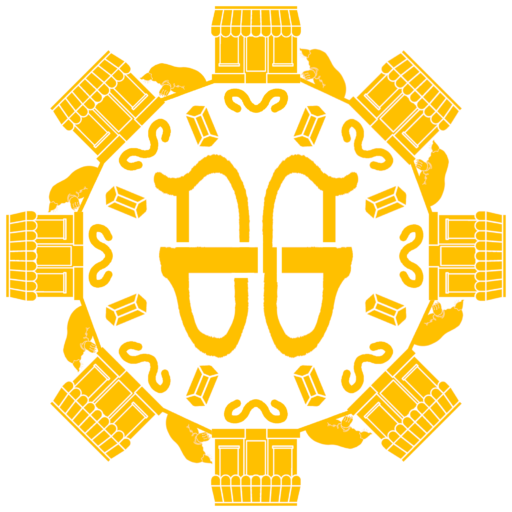During the reign of King Henry VII, he declared war against the Scots. In order to fuel his war effort, he needed as much money has he could. One such group within Britain that he taxed were the Cornish tin miners, by sending Commissioners to collect taxes from those who can provide enough income. However, that did not stop other Commissioners from becoming abusive.
However, the Cornish were loath to support a war that did not involve them in any way. What made this especially egregious to the Cornish was that a declaration by King Edward I guaranteed the Cornish the right to a degree of tax autonomy with the formation of the Cornish Stannary Parliament. In the face of this blatant ignorance, they decided that they would not be taxed without representation. And the two men who would represent those grievances were Michael Joseph an Gof and Thomas Flamank. Judging by the former\’s occupational surname an Gof, which was Kernowek for \”the smith,\” Michael Joseph an Gof was a blacksmith by trade. Nothing else is known about his personal life except that he was born in the Cornish town of St. Keverne. Thomas Flamank was a lawyer in Bodmin, whose father, Sir Richard Flamank, was himself the Royal Cornwall Tax Collector.
Under Sir John Oby, the Provost of Glasney College, Penryn, the taxes of the Lizard peninsula would be collected, in which he abused that position by being severe. Flamank noted this in his public meetings, where he would compile the Declaration of Grievances. It was for this reason why St. Keverne arose in rebellion first in 1497, with Angof at the helm. Flamank noticed this and joined him.
What is known about Angof\’s and Flamank\’s makeshift army was that they were not well-equipped, since they too were commoners. They only had staves, pitchforks, and object that could be made into a weapon. There were around 15,000 of these men, who marched from Cornwall to London. It started peacefully, but then ended with English troops of 25,000 attacking this army at Blackheath in what would become The Battle of Deptford Bridge. As expected, the Cornish rebels were out-armed and out-manned. Michael an Gof and Thomas Flamank were captured and then executed.
In 1997, a statue of the two men was sculpted in St. Keverne in order to commemorate the 500th anniversary of this uprising. There is a march held every year that is also in commemoration to these two men.
There is still much that is not known about whether there was a close friendship or a reluctant alliance between Angof and Flamank. The latter would seem likely, since Angof was a commoner who would have been susceptible to the draconian taxes; while Flamank was himself the son of a notorious tax collector. On the other hand, their goals did not diverge, for they were the same and never betrayed the other. It would not be impossible for a book or a film to be made about this unlikely pair with an unlikely rebellion, however the rest would be up to inferences and the imagination.
Sources
- Harris, Trevor. Statue of Michael Joseph the Smith and Thomas Flamank. Wikipedia. Geography UK. 2009. CC BY-2.0. Changes include reduplication and fading.
- Michael an Gof: The Cornish Blacksmith. Cornwall Calling.
- Michael Joseph an Gof. Cornwall Guide.
- St. Keverne. Cornwall Guide.
- Thomas Flamank. Cornwall Guide.
